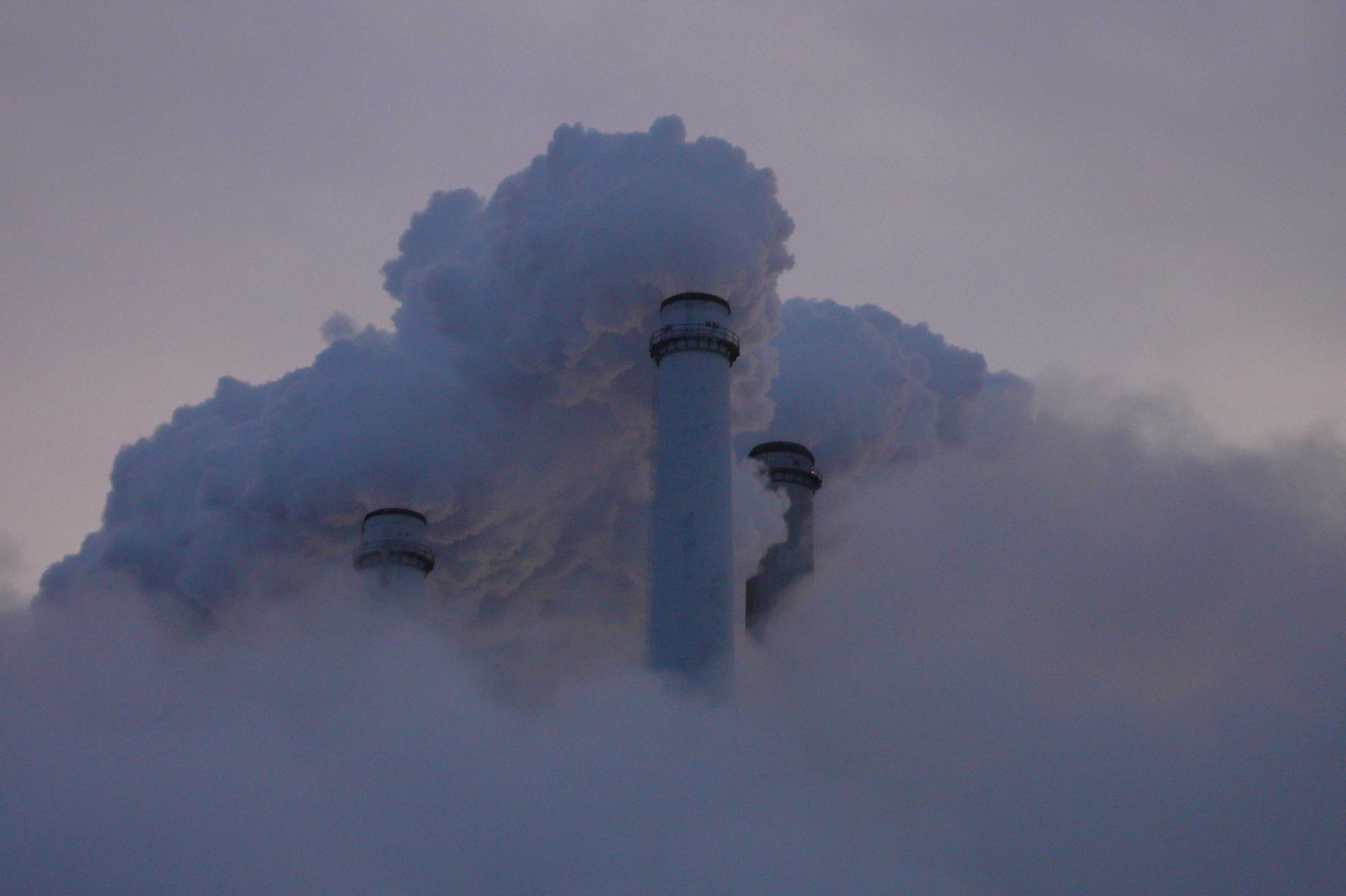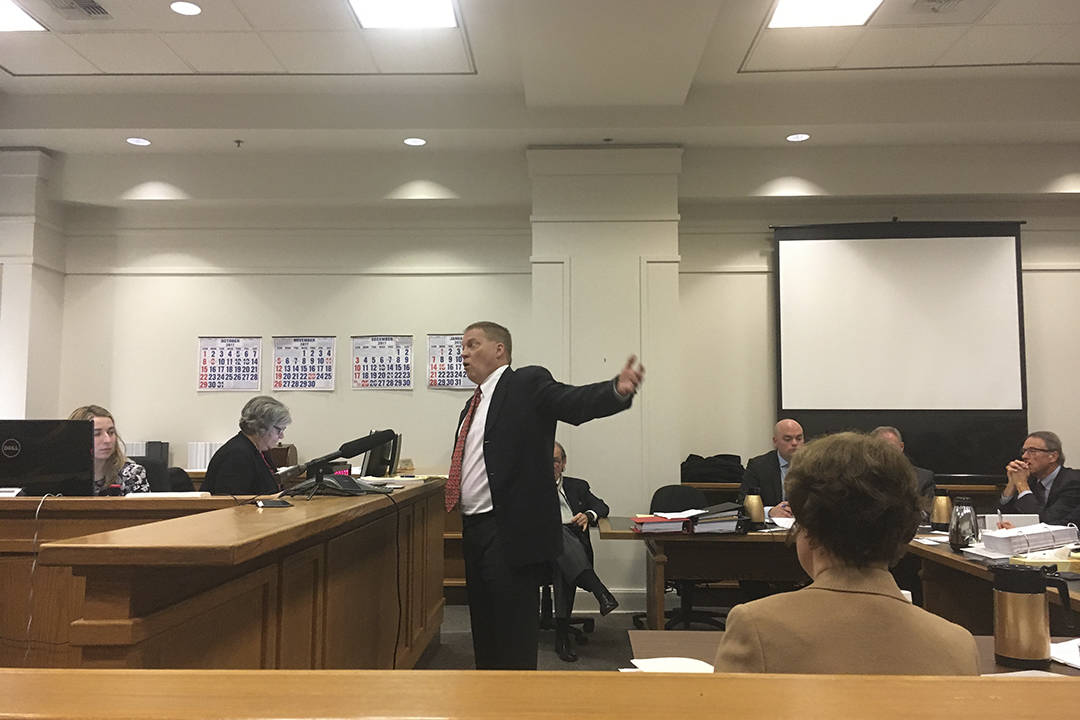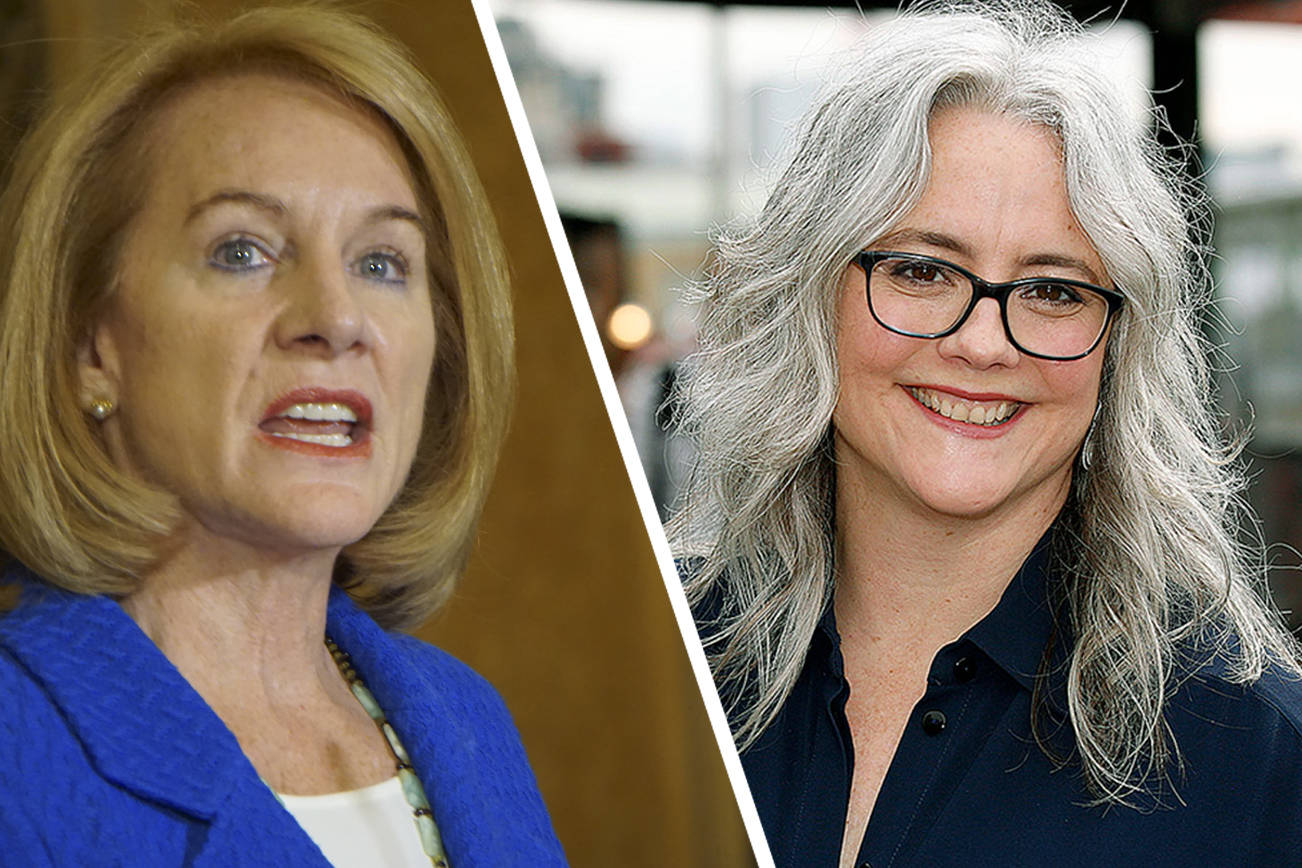Colstrip, Montana, is quite literally out of sight.
The only way to get there is deliberately, following two-lane state highway 38 to reach the town that counts a population of 2,248 humans and, more importantly, four coal-fired generators.
Every five minutes, the generators burn a rail car’s worth of coal, making it the second largest coal-fired plant west of the Mississippi and the eighth largest source of CO2 in the nation. And if you pay your electricity bills to Puget Sound Energy, it well could be powering your lights right now. The utility owns the largest share of Colstrip, and gets 30 percent of its electricity from the plant tucked away in the rolling plains of eastern Montana.
Yet as the Pacific Northwest has become embroiled in debate over what part it should play in connecting coal mined just a few miles away from Colstrip with Asian markets, Colstrip itself has also remained largely out of mind.
But that could change this fall as the state board that regulates utilities vets PSE’s Integrated Resource Plan, which maps out the company’s plan for providing customers with electricity for the next 20 years. A major takeaway of the document: At this point, the utility sees no need to ditch the coal plant.
“The more people learn about it, the more they don’t like it,” says Krista Collard, Pacific Northwest spokeswoman for the Sierra Club, of the growing movement calling for the Bellevue-based company to drop coal. “We’ve collected thousands of signatures calling on PSE to stop burning coal. That momentum is just growing.”
To be clear, the document does not guarantee that PSE will burn coal for the next 20 years. The utility retains the right to switch gears if it makes economic sense. But the Sierra Club and others argue that were the state to accept the plan as is, it would be easier for PSE to get ratepayers to bankroll improvements at the Colstrip plants. They’re calling on the Utilities and Transportation Commission to force PSE to re-check its math on keeping coal power on its books.
“If the full costs, uncertainties, and risks of Colstrip’s continued operation are considered, it is likely that the combined costs of complying with environmental impacts … upgrading plant technology and infrastructure, and likely regulation of carbon pollution would be greater or equal to cleaner alternatives,” King County Executive Dow Constantine wrote in a joint letter with the mayors of five King County cities.
“It’s not ‘if things change,’” says Collard. “Things are changing. It’s very irresponsible. As a company it’s like they are living under a rock.”
PSE argues, justifiably, that in the world of utilities, it’s been a good actor for clean energy. The utility – which provides electricity to most of King County outside Seattle city limits – has spent $2 billion on clean energy in the last 10 years. That includes the construction of three wind farms including the Wild Horse farm just off of I-90 near Ellensburg. It also gives customers the option of paying a little extra on their utility bill to support renewable energy investments. More than 30,000 customers opt for that.
As for its sizable stake in coal, a spokesman says that at this point, it’s cheap, and that needs to count for something.
“Given what we actually know today and what we have on the books today, having coal … is a value to our customers,” says the spokesman Andy Wappler.
The utility says that Colstrip saves customers $131 million every year, and that replacing the electricity would demand a 5 percent rate increase, which would hurt customers, especially low-income ratepayers.
That’s the sort of economic calculation that the Sierra Club and Constantine intend to challenge when a hearing on the plan is held Oct. 10 in Olympia. But in the end, the fight isn’t over economics as much as the climate, and a local utilities position in effecting a real change to the amount of coal burned in the United States.
Were PSE to pull out of Colstrip, industry watchers say it’s unlikely another utility would pick up the capacity, meaning it would have a real effect on how quickly the plant goes through a train load of coal. Another utility, PPL, is trying to sell its stake in Colstrip, but last week it was reveled that those efforts have been unfruitful.
“What happened last week … really underscores the trouble PPL is having divesting itself from Colstrip,” says Anne Hedges, program director at the Montana Environmental Information Center. “PPL is proving it’s not valuable on the open market today.”








